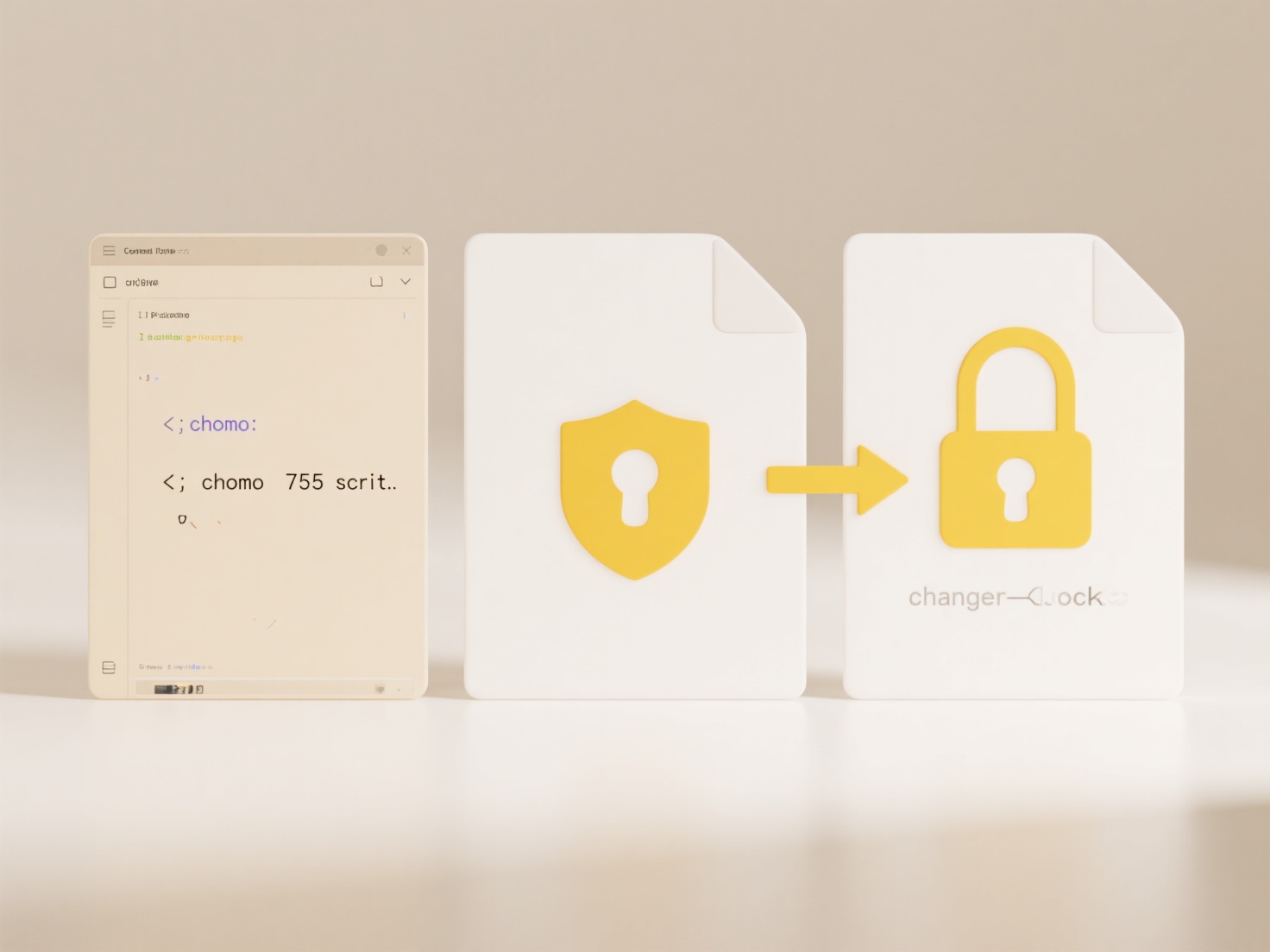
Reviewing duplicates before deletion involves carefully examining potential duplicate records to verify they are unnecessary copies rather than distinct entries needing preservation. This differs from automatic deduplication by requiring manual or semi-automated verification for accuracy before removal. You systematically compare flagged items, typically by matching unique identifiers or data fields like name and email, ensuring only true duplicates are selected for deletion.

Common scenarios include cleansing customer databases in CRM systems like Salesforce to prevent repeated outreach to the same person, or consolidating multiple file versions in cloud storage solutions like Dropbox to reclaim space. Email management tools also prompt reviews to merge duplicate contacts and prevent accidental data loss.
The key advantage is maintaining high data integrity by avoiding incorrect deletion of unique records, which could damage operations or analysis. However, it can be time-consuming for large datasets. Ethically, thorough review helps comply with data retention policies and regulations like GDPR. Future tools increasingly use AI to suggest likely duplicates for quicker verification, improving efficiency without sacrificing oversight.
How do I review duplicates before deleting them?
Reviewing duplicates before deletion involves carefully examining potential duplicate records to verify they are unnecessary copies rather than distinct entries needing preservation. This differs from automatic deduplication by requiring manual or semi-automated verification for accuracy before removal. You systematically compare flagged items, typically by matching unique identifiers or data fields like name and email, ensuring only true duplicates are selected for deletion.

Common scenarios include cleansing customer databases in CRM systems like Salesforce to prevent repeated outreach to the same person, or consolidating multiple file versions in cloud storage solutions like Dropbox to reclaim space. Email management tools also prompt reviews to merge duplicate contacts and prevent accidental data loss.
The key advantage is maintaining high data integrity by avoiding incorrect deletion of unique records, which could damage operations or analysis. However, it can be time-consuming for large datasets. Ethically, thorough review helps comply with data retention policies and regulations like GDPR. Future tools increasingly use AI to suggest likely duplicates for quicker verification, improving efficiency without sacrificing oversight.
Quick Article Links
How do I search within compressed files like ZIP or RAR?
Searching within compressed files like ZIP or RAR refers to the ability to find specific content (text, filenames) insid...
Can similar but not identical files be flagged as duplicates?
Similar but not identical files typically wouldn't be flagged as exact duplicates by standard duplicate detection tools,...
Why does cloud sync reupload files after renaming?
Cloud sync services often reupload renamed files because they typically identify files through unique identifiers beyond...